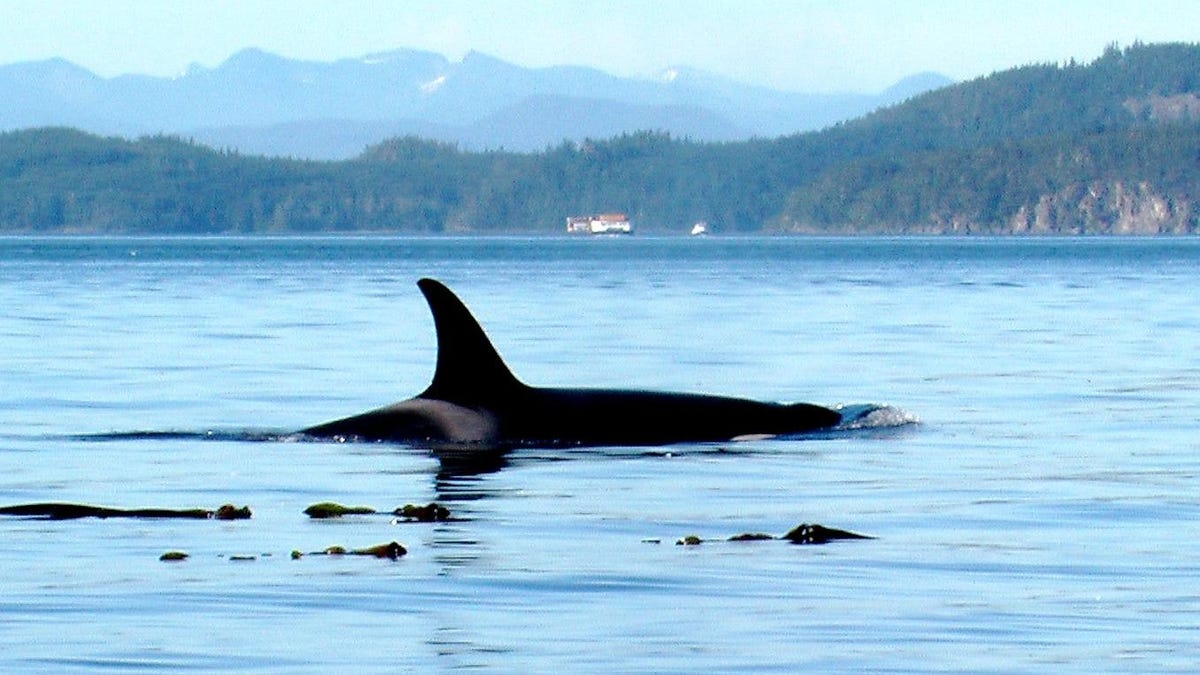In October, off the coast of Portland, Australia, researchers discovered the carcass of a great white shark that had been killed and devoured by orcas.
The shark, which measured 16 feet, was missing its midriff, indicating that orcas were to blame. Analysis of the carcass confirmed that these killer whales, known as orcas, were indeed responsible.
Great white sharks, also known as Carcharadon carcharias, are prominent predators in the world’s oceans. They can reach up to 20 feet in length, weighing up to 5,000 pounds, and possess hundreds of sharp, serrated teeth designed for prey. Orcas, on the other hand, can grow over 30 feet long and weigh a staggering 22,000 pounds, as stated by Whale & Dolphin Conservation US.
Orcas have shown a particular preference for great white sharks due to the richness of the sharks’ livers. It is this part of the shark that the orcas have been targeting, as evidenced by the series of shark deaths along South Africa’s beaches. Video footage from May 2022 even captured a group of orcas actively hunting and dispatching the sharks. Besides white shark livers, orcas also seem to have an appetite for penguin breast meat and sunfish intestines, as explained by a researcher in Scientific American, as found in this Scientific American.
Adam Miller, an aquatic ecologist at Deakin University in Australia, mentioned that the shark wounds bore telltale signs of orca attacks, as they were “loaded with killer whale DNA.” He also noted sightings of a group of orcas named Bent, Tip, and Ripple in the nearby waters before the attack.
Orcas are not just predators—they possess complex social structures and high intelligence. Events reported in March involving orcas traveling with a pilot whale calf raised questions about potential adoption or kidnapping by the orcas.
Great whites not only face predation from orcas but are now also facing off against boats in European waters and venturing into territories they traditionally avoided, such as the coasts of Martha’s Vineyard and Provincetown, Massachusetts. According to a previous report by Gizmodo, the increased aggression toward human vessels might be learned behavior from an orca named White Gladis.
The orcas, particularly those named Port and Starboard, which have been targeting sharks near South Africa, displayed a potential for teaching other orcas how to effectively hunt great whites, according to researchers.
While the orcas’ tactics for targeting shark livers remain unclear, what’s evident is their clinical precision in extracting the liver while leaving the rest of the shark for scavengers.
More: Gnarly Video Shows Orcas Killing Great White Shark


